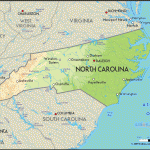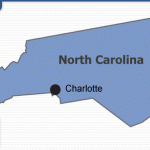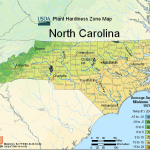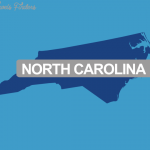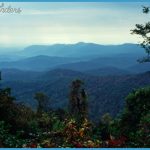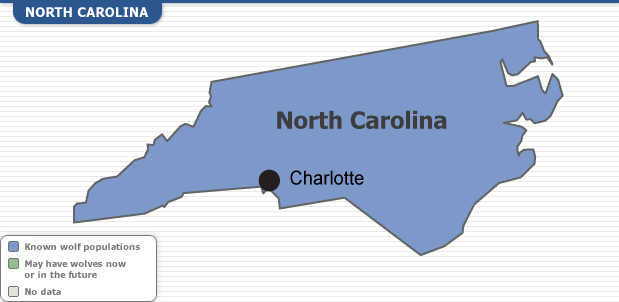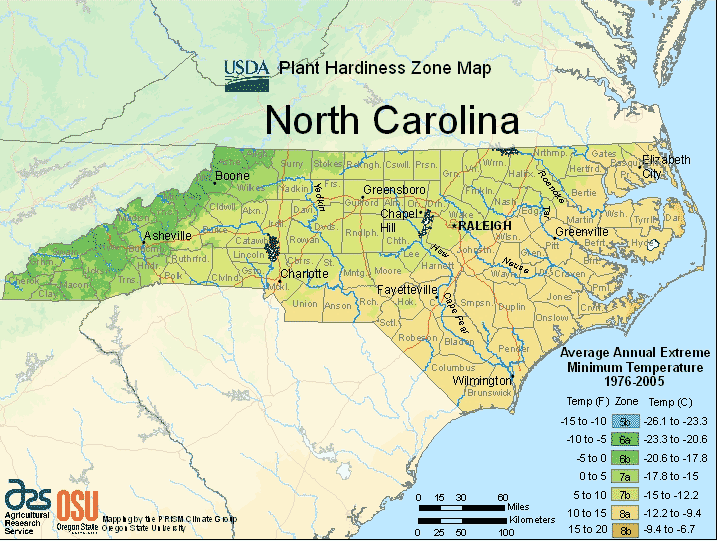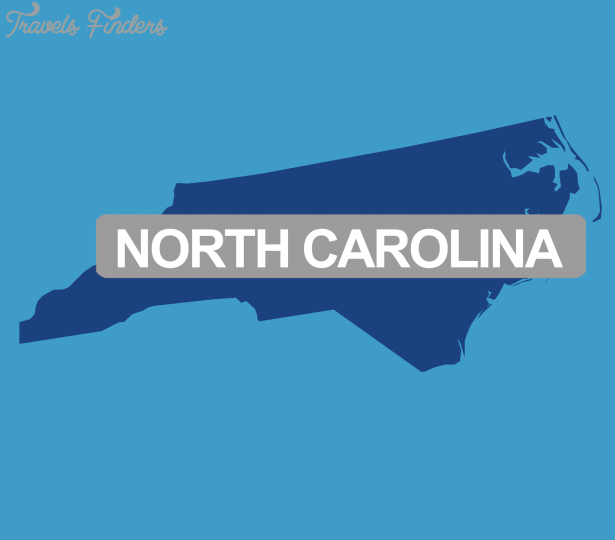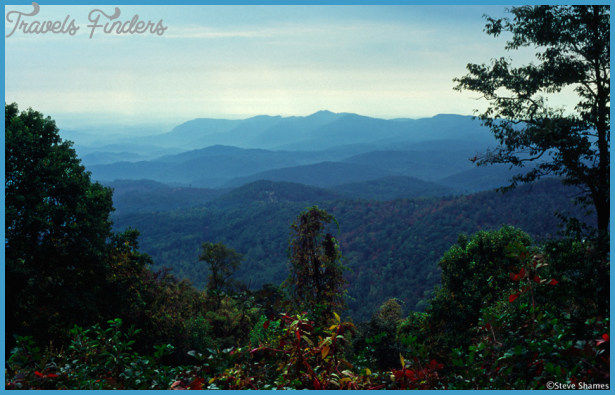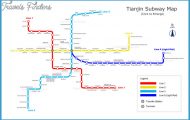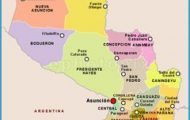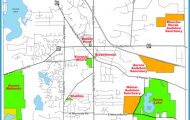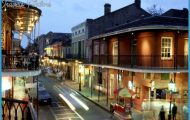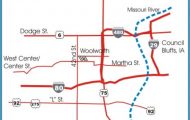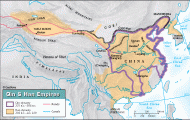Spanish explorer Francisco Gordillo explores the Atlantic coast, extending as far north as the present-day Carolinas.
Explorer Pedro de Quexos leads an expedition along the Atlantic coast and passes through present-day North Carolina. His exploration ends in Virginia.
Explorer Lucas Vazquez de Ayllon attempts a first settlement in an unknown location, possibly present-day North Carolina. He moves on to establish a short-lived settlement in present-day South Carolina. Hernando de Soto, the Spanish explorer, arrives in the Carolinas looking for gold. All he finds is copper, a few pearls, and some weapons. He leaves behind a path of destruction.
Two Spanish privateers appear off the coast of the Outer Banks, beginning a series of Spanish invasions of North Carolina.
The Spanish engage in their final attack on North Carolina. They target Brunswick and briefly occupy the town. A prisoners exchange marks the end of 7 years of invasions.
The Mexican-American War rages under the administration of North Carolina-born President James K. Polk.
President Polk negotiates the Treaty of Guadalupe Hidalgo, which ends the Mexican-American War and facilitates the purchase of 525,000 m2 of Mexican territory for the sum of $15 million.
Following the sinking of the USS Maine on February 15, 1898, the North Carolinian government sends three regiments of troops for the
Spanish-American War. One of the regiments was an all black, making North Carolina one of only three states to recruit all-black regiments for the war.
Latin American history, geography, politics, languages, and social life are brought together in a special curriculum at the University of North Carolina at Chapel Hill.
The Institute of Latin American Studies (ILAS) is established at the University of North Carolina at Chapel Hill, making ILAS one of the nation’s first educational centers dedicated to the study of Latin America. The first Mexican students graduate from the University of North Carolina at Chapel Hill through a joint program with the Escuela Normal Superior de Mexico (Superior Normal School of Mexico). Later, a tree is planted and a plaque installed to honor the friendship between the two schools.
North Carolina is home to 43,414 Latinos, most of whom work in the state’s agricultural industry.
North Carolina’s Latino population begins to skyrocket. The Latino population will grow from 76,726 in 1990 to more than 506,206 residents in 2004, nearly a 660 percent increase.
The first Fiesta del Pueblo, which celebrates the Latino heritage in the Raleigh-Durham-Chapel Hill Triangle, is held on September 18.
El Pueblo files its articles of incorporation and becomes an influential organization that advocates for the Latino community and builds bridges with other communities in the state.
1998 Governor James B. Hunt Jr. appoints Nolo Martinez as North Carolina’s first director of Hispanic/Latino Affairs.
2000 The Cooperativa Comunitaria Latina de Credito, North Carolina’s first Latino-centered financial service, is started.
2001 John Herrera is elected an alderman in Carrboro. He becomes North Carolina’s first Latino elected official. The Board of Governors of the University of North Carolina establishes the Center for New North Carolinians. Though the center focuses on all migration to North Carolina, it deals primarily with the Latino population, which forms the state’s largest migrant group.
2004 North Carolina’s Latino population reaches the half-million mark and continues on a pattern of strong growth.

